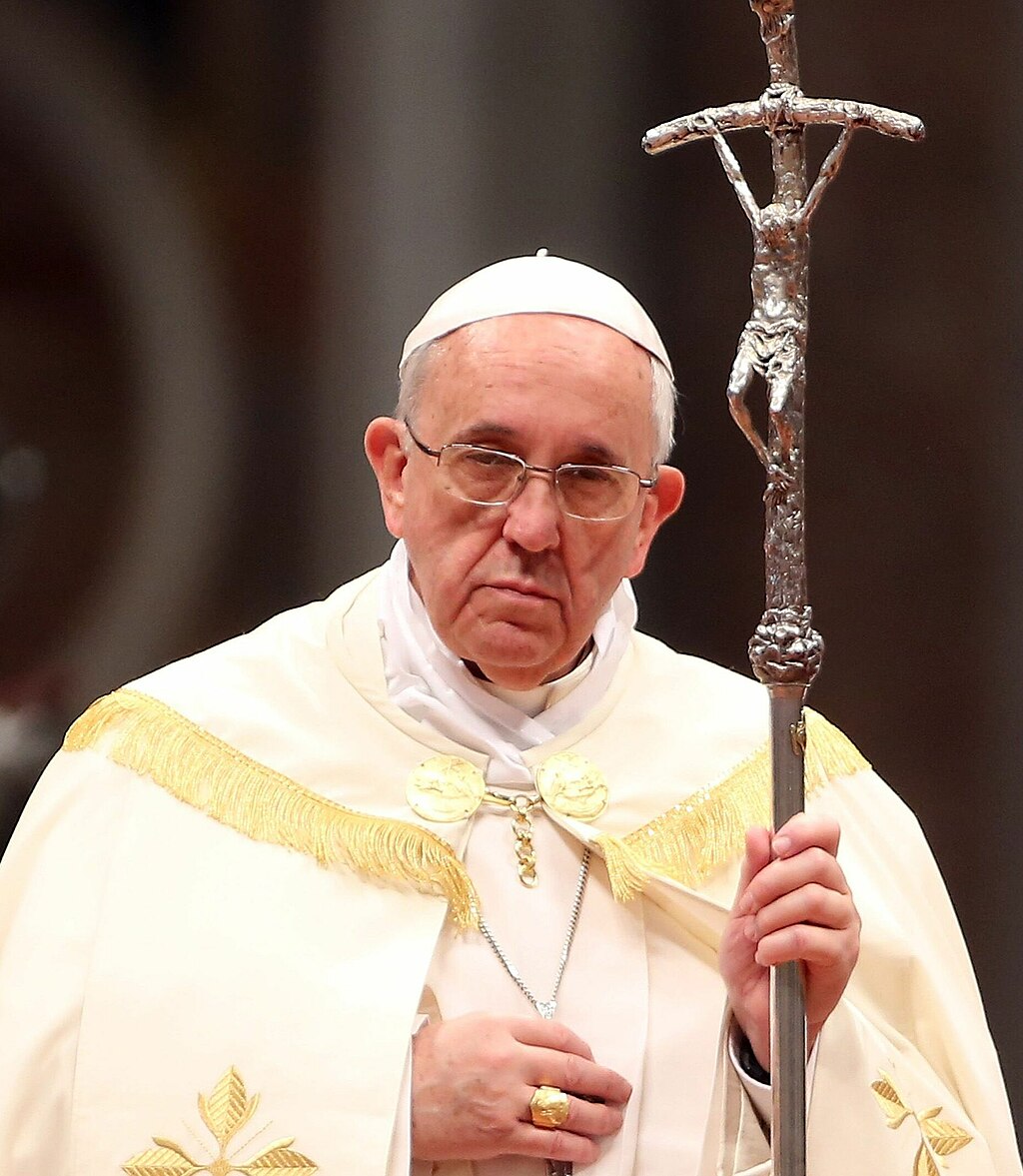Pope Francis, the first pontiff from the Southern Hemisphere and a revolutionary figure in modern Catholicism, has died at the age of 88 on Easter Monday, April 21, 2025. He passed away at 7:35 a.m. at his Vatican residence, Casa Santa Marta, following ongoing complications related to his long-standing respiratory issues. The news was announced to the world by Cardinal Kevin Farrell, Camerlengo of the Apostolic Chamber.
A Life of Service and Simplicity
Born Jorge Mario Bergoglio in Buenos Aires, Argentina, in 1936, Pope Francis rose from humble beginnings to become the 266th Bishop of Rome. His papacy was marked by an unwavering commitment to the poor, the marginalized, and the environment. He consistently urged the global Church to return to the roots of the Gospel—humility, compassion, and service.
Francis was a spiritual leader for over a decade, elected in March 2013 following the historic resignation of Pope Benedict XVI. He immediately set a new tone—refusing the lavish papal apartments, choosing instead to live in the modest Casa Santa Marta, and riding in a Ford Focus over the traditional limousine.
Declining Health in Recent Years
Pope Francis’ health had been a recurring concern in recent years. In 1957, long before his papacy, he underwent surgery in Argentina to remove part of one lung due to a severe respiratory infection—a condition that would later shape the trajectory of his health.
In late 2023, the Pope was forced to cancel a trip to the United Arab Emirates due to influenza and lung inflammation. On February 14, 2025, he was admitted to the Agostino Gemelli Polyclinic in Rome after experiencing prolonged bronchitis. By February 18, his condition escalated to bilateral pneumonia, sparking concern within the Vatican and among Catholics worldwide.
Though he was discharged after 38 days and returned to Casa Santa Marta to recover, his health never fully bounced back. His death on Easter Monday—a date symbolic of the resurrection and new life in the Christian tradition—has sent ripples through the global faith community.
A New Chapter in Church History
With the passing of a Pope, the Catholic Church now enters a solemn and structured period of mourning and transition.
Cardinal Farrell’s formal announcement included these words:
“His entire life was dedicated to the service of the Lord and of His Church. He taught us to live the values of the Gospel with fidelity, courage, and universal love, especially in favor of the poorest and most marginalized.”
Funeral arrangements are expected to follow a revised version of the Ordo Exsequiarum Romani Pontificis, the papal funeral rites, which Pope Francis himself approved in April 2024. The updated rites emphasize pastoral humility and the Church’s belief in the resurrection, shifting focus from worldly grandeur to Christ-centered simplicity.
Notably, the new rite stipulates that the declaration of death is to occur in a chapel, not the room where the Pope died, and that the body is immediately placed inside the coffin. Pope Francis also personally requested simplified funeral rites, reinforcing his lifelong resistance to clerical excess and opulence.
What Happens Next: The Road to the Next Papacy
With Pope Francis now gone, the Catholic Church will soon begin the ancient and sacred process of electing a new pope. Here’s what to expect next:
1. The “Sede Vacante” Period Begins
The Church is now in a state known as sede vacante—Latin for “the seat being vacant.” During this period, all major decisions regarding Church governance are paused, and the College of Cardinals assumes responsibility for day-to-day operations under the guidance of the Camerlengo.
Cardinal Kevin Farrell, as Camerlengo, is now tasked with overseeing the papal household, validating the death, and preparing the Vatican for the upcoming Conclave.
2. Funeral and Mourning
Pope Francis’ body will lie in state at St. Peter’s Basilica to allow faithful pilgrims, dignitaries, and fellow clergy to pay their last respects. The funeral Mass will take place within 4 to 6 days, expected to be held in St. Peter’s Square.
World leaders, heads of religious institutions, and thousands of the faithful are anticipated to attend, marking it as one of the most significant religious events of the decade.
3. The Conclave
Following the mourning period, the College of Cardinals—those under the age of 80—will gather in the Sistine Chapel to begin the Conclave. Locked in seclusion, they will vote in successive ballots until one candidate receives the required two-thirds majority.
White smoke from the Sistine Chapel chimney will signal to the world that a new Pope has been chosen.
4. A New Direction for the Church?
Pope Francis’ passing opens the door to potentially significant shifts in the Church’s direction. His tenure was often seen as progressive—emphasizing social justice, environmental responsibility, interfaith dialogue, and a more inclusive tone on issues like LGBTQ+ Catholics and divorce.
Will the next pope continue down this path or mark a return to more traditional conservatism? That question now hangs over the College of Cardinals and the 1.3 billion Catholics worldwide.
Legacy of Pope Francis
Pope Francis leaves behind a legacy unlike any other in modern papal history. He will be remembered not only for his groundbreaking positions and pastoral style but for challenging the Church to listen more, love more, and serve more. His impact transcended religion, earning respect from global leaders, atheists, and believers alike.
As we await the next chapter in the Church’s long story, one thing is certain: Pope Francis changed the papacy forever—and perhaps for the better.


